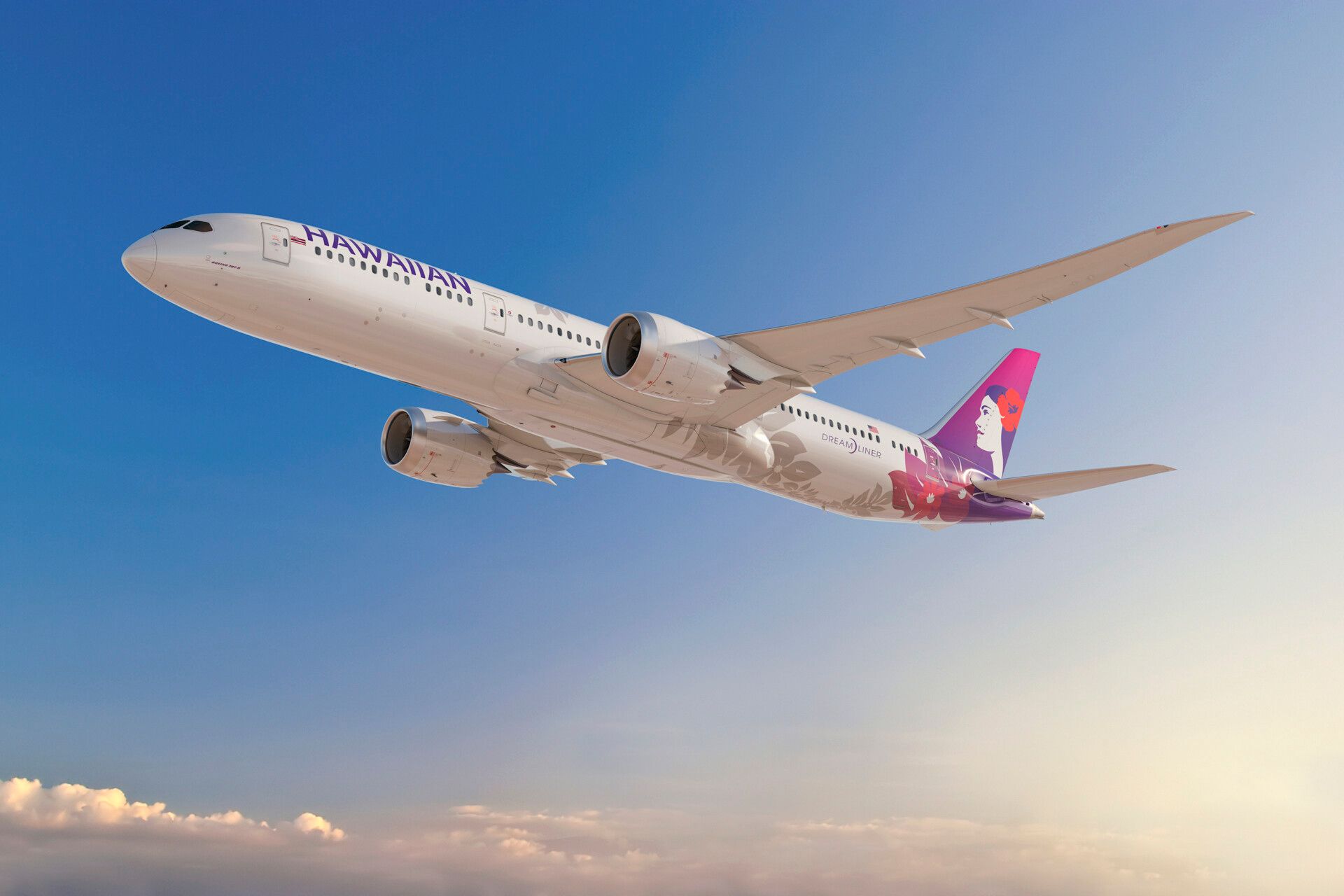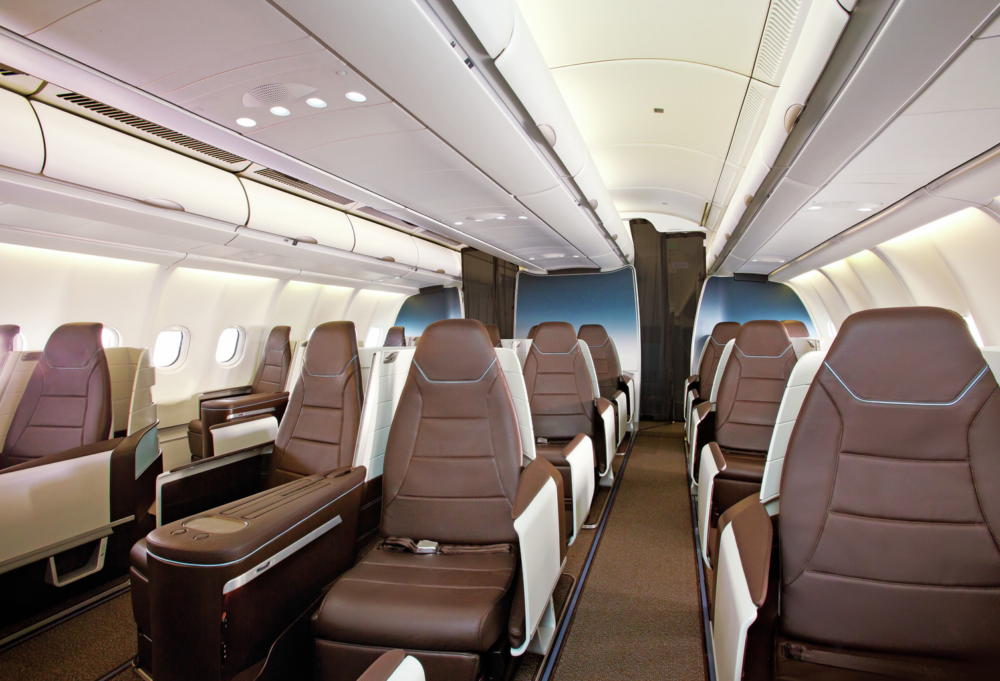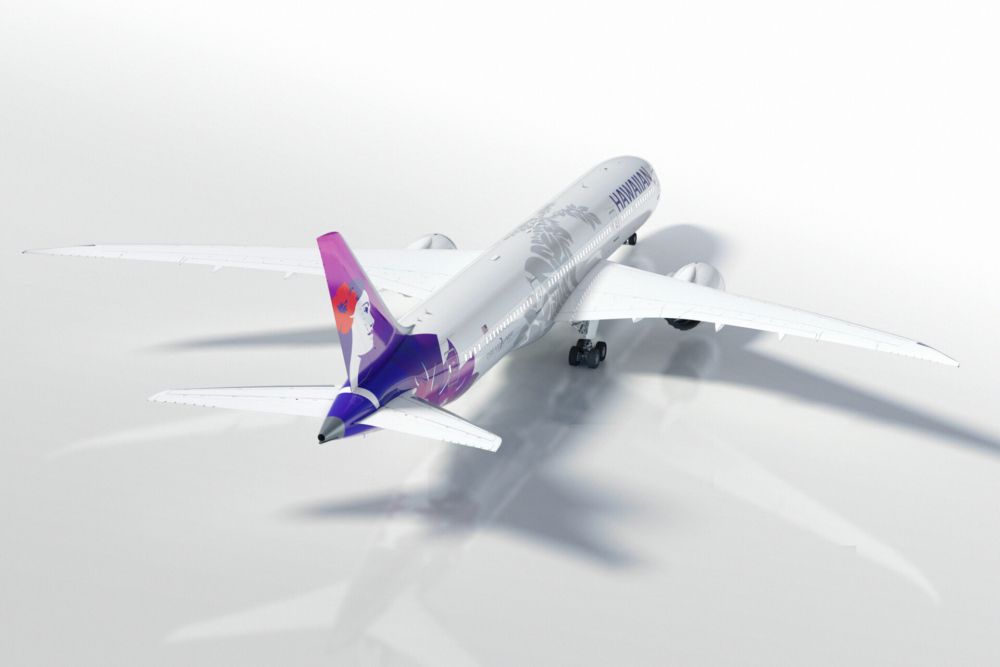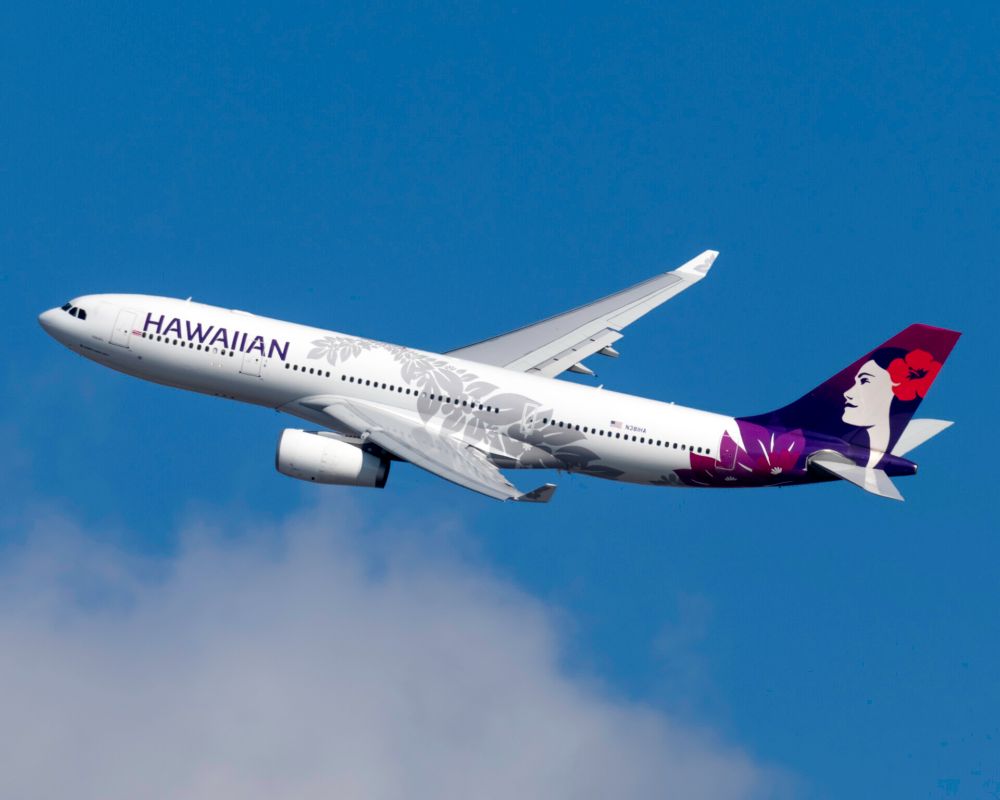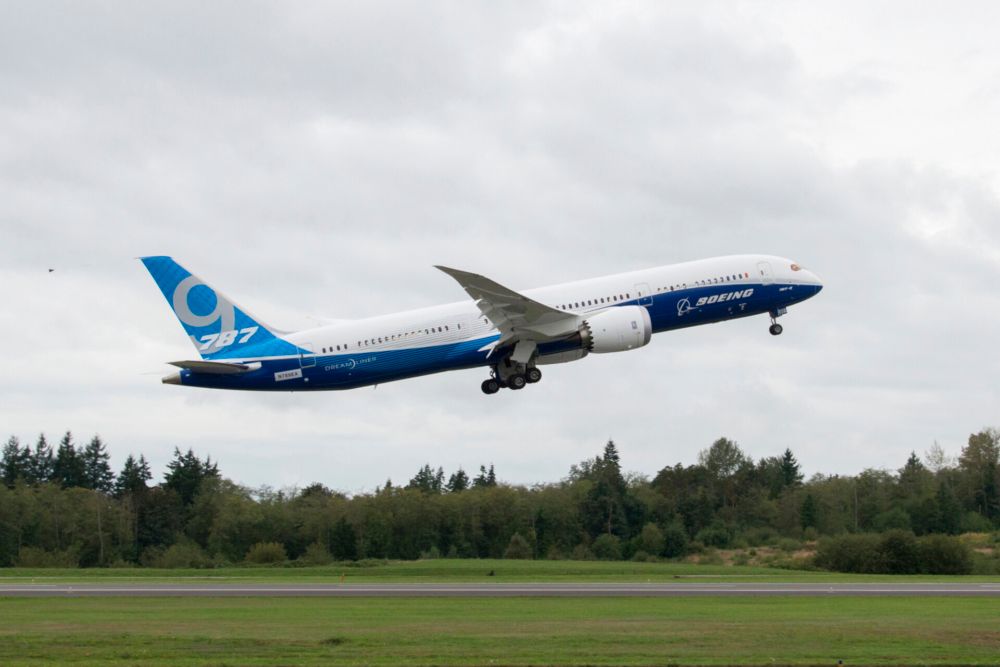For the last few years, one of the most hotly-awaited aircraft deliveries has been Hawaiian Airlines' Boeing 787s. If all goes well, 2022 is expected to be the year that the airline takes on the type. Onboard, the aircraft is expected to be the next step in Hawaiian's continued positioning as a premium leisure carrier. To learn more about how the airline thought about the aircraft in 2021 and how it expects its rollout, Simple Flying spoke with Brent Overbeek, SVP of Revenue Management and Network Planning at Hawaiian.
Hawaiian Airlines and the Boeing 787
Hawaiian Airlines first announced in 2018 that it would order ten firm Boeing 787-9 aircraft as part of its fleet expansion and renewal. At the time, the first planes were expected to arrive in 2021. Hawaiian selected the Boeing 787-9 against the Airbus A330-900neo.
Since then, there has been a lot of behind-the-scenes work going on to induct the Boeing 787. Hawaiian has opted for a new business class product on the aircraft over what is on their existing Airbus A330s. The new product will still be a lie-flat offering, though an enhanced offering compared to the A330 and likely will be one of the best ways to get to Hawaii in business class and support the airline's premium leisure positioning.
In October of 2020, Hawaiian Airlines reached an agreement to defer the delivery schedule of its Boeing 787. At the time, the outlook of the recovery was uncertain, and taking on a new aircraft required some added expenses that did not make sense at that point in the recovery. Under the revised delivery plan, Hawaiian expects to take its first of ten firm Boeing 787s in 2022, with deliveries completed in 2026. The airline is hoping to take the jets from the third quarter of 2022, though that timeline remains contingent on Boeing working with regulators to resume deliveries of Dreamliners.
Where will the Boeing 787 fly?
Airlines have a few different options for choosing where a new plane in the fleet flies. Some aircraft are explicitly acquired to conduct certain operations, like Singapore Airlines with the Airbus A350-900ULR. Other aircraft are acquired as part of the airline's consistent growth and replacement plans. The acquisition of the 787 falls more in the latter category.
Mr. Overbeek discussed the availability of markets where the 787 could fly as the following:
"We will have them dedicated to certain markets. There's going to be some advantages to the 787, certainly, you know when you look at it at longer hauls, whether it be to the East Coast or Australia or Japan. Certainly the the fuel burn of the 787 gets more attractive than the A330 depending on fuel price. I think when we get to talking about configuration as well, we'll have a slightly different configuration on both, so we'll be able to match the right airplane with the market and the product demand and be able to optimize on that."
The Airbus A330s will still be around, and Hawaiian has made some public commentary on how some of the Airbus A330s could be used opportunistically on growth as the airline benefits from lower lease prices and some benefits on depreciation of owned aircraft.
There is a second aspect to consider, and that is maintenance. While newer aircraft traditionally have better operational reliability, the planes still need to undergo regular maintenance cycles. Hawaiian does a significant amount of its maintenance on the West Coast. Mr. Overbeek stated the following:
"Initially it's going to fit within that same paradigm in terms of entry into service and an access to a maintenance base on the West Coast and just in terms of aircraft productivity. And once we start to build up a critical mass, I would say past the first few airplanes, then that really lets us get into doing things that - if we want to - that kind of fit a little more outside the footprint of what we've traditionally done and if we want to extend and push the range of the aircraft it would allow us to do it."
This will most certainly apply to the larger markets like Los Angeles and San Francisco on the West Coast, where the Airbus A330 also operates. However, as the fleet grows, the options grow because Hawaiian can be more flexible in terms of scheduling its maintenance. For example, Hawaiian can have a dedicated schedule where Boeing 787s fly on specific routes with the intention of letting them access a maintenance base and rotate planes in and out of those schedules to allow them to fly some other routes that do not touch a maintenance base.
For the first few aircraft, Hawaiian needs to keep them focused on some of those specific routes and lines to offer schedule consistency, gain that familiarization, and set up the schedule to allow for maintenance on the planes.
Stay informed: Sign up for our daily and weekly aviation news digests.
Range was not a deciding factor
The Boeing 787-9 is well-renowned for its range. United Airlines has used the plane to launch long-haul flights from New York to Johannesburg, Houston to Sydney, and soon San Francisco to Bangalore. Qantas has used the 787-9 to inaugurate nonstop flights between Australia and the United Kingdom, with plans to expand to Rome.
Mr. Overbeek stated that Hawaiian did not specifically acquire the aircraft due to its range:
"Frankly, as we looked and when we elected to acquire the 787, the range wasn't a huge driver of our decision. We were more interested in the the operating economics of the aircraft in terms of fuel efficiency."
This was on top of looking at the aircraft's size, its future, and the potential in the fleet, which are traditionally standard parts of an aircraft acquisition campaign.
In terms of thinking about the aircraft in Hawaiian's fleet, it is more appropriate to consider that Hawaiian ordered this aircraft not because it wants to break the mold of what it has done and push its network to meet new ultra-long-haul flights but to improve its fuel efficiency and create an enhanced, dedicated offering for select routes. However, that does not mean that Hawaiian Airlines will ignore the capability of the aircraft.
For now, expect the Boeing 787 to see a gradual induction that focuses on operational reliability, schedule consistency and then later grow into dedicated lines of flying. If all goes well, 2022 could finally be the year that passengers get to fly a brand new Boeing 787 in Hawaiian's colorful livery.

